On June 1, 1973, 50 years ago, astronomers around the world were introduced to a powerful and surprising new phenomenon called GRBs (gamma-ray bursts). Today, sensors on orbiting satellites like NASA's Swift and Fermi missions detect a GRB somewhere in the sky on average once a day. Astronomers think the explosions are caused by catastrophic events involving stars in distant galaxies, events thought to produce new black holes.
"I still remember the excitement when gamma-ray bursts were discovered," said Charles Meegan, a research scientist at the University of Alabama in Huntsville, who helped develop GRB detectors on NASA's Compton and Fermi satellites. "I was a graduate student at the time and didn't realize that studying these strange phenomena would be my career for the next 50 years."
Distant Flares
Almost everything is extreme in GRBs. They occur so far beyond our galaxy that even the closest known explosion exploded 100 million light-years away. Each burst produces the first pulse of gamma rays, the highest-energy form of light, typically lasting from milliseconds to minutes. This emission comes from a jet of particles traveling at close to the speed of light thrown in our direction, and the closer we are to the barrel, the brighter it appears. This sudden emission is followed by a postfading glow of gamma rays, X-rays, ultraviolet, visible, infrared and radio light that astronomers can watch for hours to months.
Even half a century later, GRBs offer surprises. A recent explosion was so bright that it temporarily blinded most gamma-ray detectors in space. Nicknamed BOAT (the brightest of all time), the 7-minute blast could be the brightest GRB in the last 10,000 years. It also showed that scientists' most promising models of these events were nearly incomplete.
Nuclear Observers
The GRB story begins with the entry into force of an agreement signed between the United States, United Kingdom, and the Soviet Union in October 1963 that prohibits the testing of nuclear weapons in the atmosphere, underwater, or in space. To ensure compliance, the U.S. Air Force was leading an unclassified research and development effort to detect nuclear tests from space. A week after the treaty entered into force, the first two of these satellites, called Vela (Spanish for "to watch"), went into operation.
Launched in pairs, the Vela satellites carried detectors designed to detect the initial flash of X-rays and gamma rays from nuclear explosions. Sometimes they triggered events that were clearly not nuclear tests, and scientists collected and analyzed those observations. Ray Klebesadel of Los Alamos National Laboratory in New Mexico, with instruments developed on the four Vela 5 and 6 satellites, along with colleagues Ian Strong and Roy Olsen, determined directions for 16 gamma-ray events that were confirmed to exclude Earth and Earth. The sun as a source. They published a paper announcing the discovery in The Astrophysical Journal on June 1, 1973.
Tom Cline and Upendra Desai at NASA's Goddard Space Flight Center in Greenbelt, Maryland, quickly confirmed the Vela findings using a detector on the IMP 6 satellite, which aims to study solar flares.
Breakthroughs: BATSE & BeppoSAX
While theorists propose 100 models to explain GRBs—many involving neutron stars in our own galaxy—observational progress has been slow, despite increasing numbers of them being detected by different spacecraft. Gamma rays cannot focus like visible light or X-rays, making precise positioning extremely difficult. Without them, it was impossible to search for GRB counterparts at other wavelengths using larger telescopes in space or on the ground.
In 1991, NASA launched the Compton Gamma Ray Observatory, which includes an instrument called the BATSE (Explosion and Transient Science Experiment) dedicated to discovering GRBs. Developed by a team including Meegan at NASA's Marshall Space Flight Center in Huntsville, Alabama, BATSE was about 10 times more sensitive than previous GRB detectors. During Compton's nine-year mission, BATSE detected 2,704 explosions, providing astronomers with a rich set of observations made with the same instrument.
In its first year, BATSE data showed that bursts were scattered across the sky instead of a pattern that mirrored the structure of our Milky Way galaxy. "This meant they came from distant galaxies, and that meant they were more energetic than most scientists thought possible," Meegan said. Said.
Around the same time, Chryssa Kouveliotou, another member of the BATSE team, made an attempt to classify eruptions. The team found that burst times were divided into two broad bands, one lasting less than two seconds and the other longer than two seconds, with shorter bursts producing higher-energy gamma rays than longer ones.
"So both the temporal and spectral features agreed in identifying two distinct groups of GRBs: short and long," said Kouveliotou, who is now chair of the physics department at George Washington University. "Soon after, theorists associated long GRBs with the collapse of massive stars and short ones with binary neutron star mergers."
The next step in understanding came with basin observations from the Italian-Dutch satellite BeppoSAX. While not specifically designed as a GRB mission, the mix of vehicles, including a gamma-ray monitor and two wide-field X-ray cameras, has proven to be a boon for the field.
When an explosion occurred in the field of view of one of the X-ray cameras, the spacecraft was able to identify it well enough within a few hours and additional instruments could be brought in. Whenever BeppoSAX returned to the position of a GRB, their device would find a rapidly fading and previously unknown source of high energy - post-X-ray flare theorists had predicted. These locations allowed large ground-based observatories to discover long flares of GRBs in visible light and radio waves, and also allowed initial distance measurements, confirming that GRBs were indeed very distant events.
Need for Speed In 2000, NASA launched HETE 2, a small satellite designed to detect and localize GRBs. It was the first mission to calculate accurate positions on the ship and quickly—within ten seconds—transmit them to the ground so other observatories could study early post-flare phases. The explosion he discovered on March 29, 2003 also exhibited definite supernova properties, confirming the suspected relationship between the two phenomena.
What took BeppoSAX a few hours, NASA's Neil Gehrels Swift Observatory, launched in 2004, can do in about a minute. "We named him Swift for a reason," said Goddard's S. Bradley Cenko, the mission's current chief inspector. "Its fast, automatic response allowed us to detect previously unseen X-ray flashes and other features."
Tracking down the GRBs detected by these missions confirmed that the long bursts are associated with star-forming regions of galaxies and are often accompanied by supernovas. In May 2005, Swift was able to detect the first flare of a short GRB, showing that these bursts occur in regions with little star formation. This supported the model of short bursts, such as merging neutron stars, which can travel far from their birthplaces over the millions of years it takes to collide together.
In 2008 NASA's Fermi Gamma-ray Space Telescope joined Swift to hunt for GRBs and has observed about 3,500 of them to date. The GBM (Gamma-Ray Burst Monitor) and Wide Field Telescope allow the detection and monitoring of bursts from X-rays to the highest-energy gamma rays detected in space - an energy range of 100 million times. This led to the discovery of sequential gamma rays with energies billions of times that of visible light.
The Next Revolution
In 2017, Fermi and the European INTEGRAL satellite connected a short GRB to the source of gravitational waves, ripples created by the inward spiraling and merging of neutron stars orbiting space-time. This was an important first to connect two different cosmic "messengers", gravity and light. While astronomers have not seen another burst of "gravity and light" since then, they hope that more will emerge in current and future observing studies of gravitational wave observatories.
"We're building new satellites with higher sensitivity to probe this phenomenon more deeply, so the future of GRB science is bright," said Dan Kocevski of Marshall, a member of the Fermi GBM team and principal investigator for StarBurst, a small satellite. It was designed to discover GRBs from neutron star mergers. Other missions include Glowbug, which was launched to the International Space Station in March and is part of an experimental suite led by J. Eric Grove at the US Naval Research Laboratory in Washington; BurstCube, led by Goddard's Jeremy Perkins and scheduled for launch in early 2024; Moonbeam, which will orbit between the Earth and the Moon and is directed by Michelle Hui of Chiumune of Marshall; and LEAP, designed to study GRB jets from the space station, led by Mark McConnell of the University of New Hampshire in Durham.
As gravitational and gamma-ray facilities expand their reach, a new chapter will open in the GRB story.
"What will completely revolutionize our understanding of GRBs will be the ability to trace them back to about 10 billion years ago, when the universe was forming stars most densely," said Alessandra Corsi, associate professor at Texas Tech University in Lubbock. This part of the universe will be explored by next-generation gravitational wave detectors that are 10 times more sensitive than what we currently have, and future gamma-ray missions that could provide the continuum of fantastic science made possible by Swift and Fermi.


 Nielawore
Nielawore
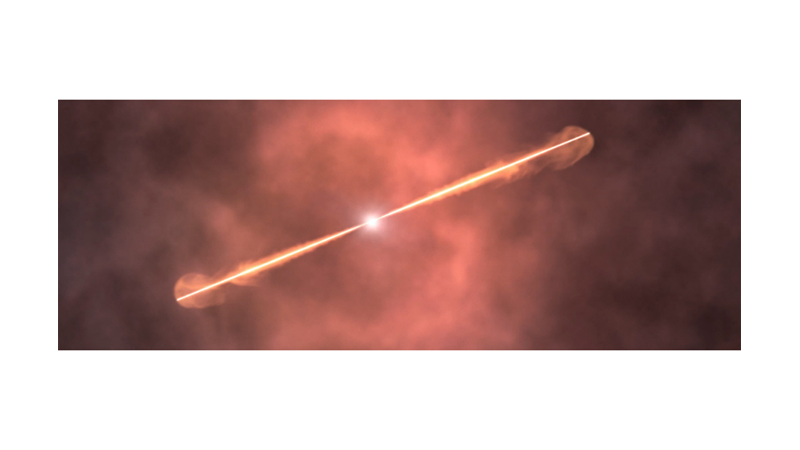
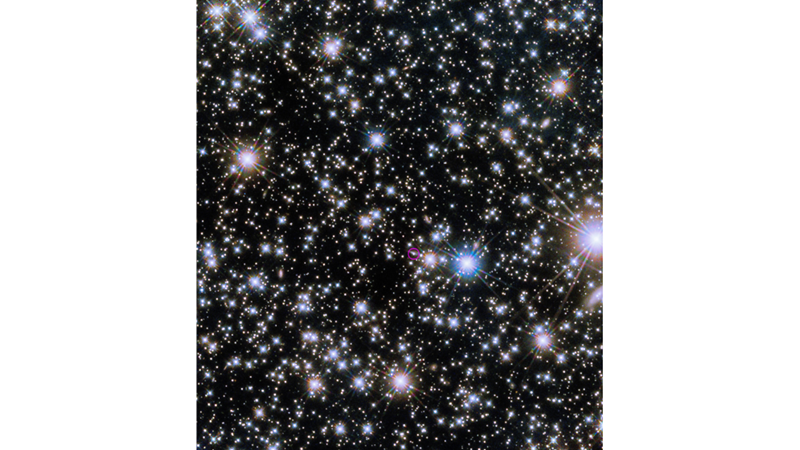
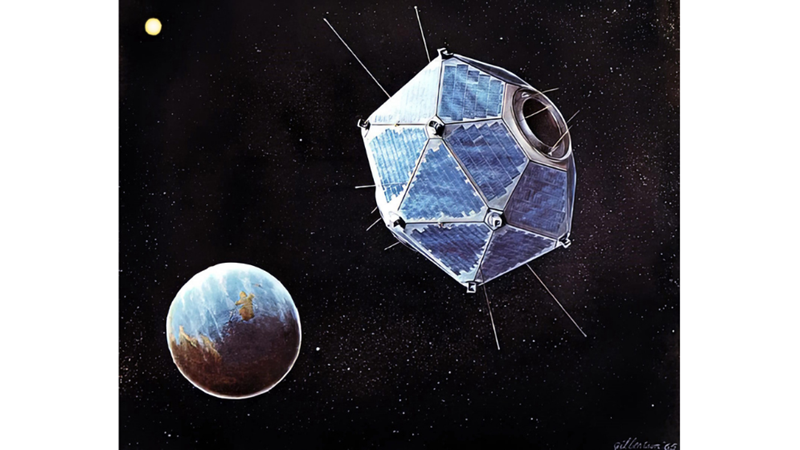
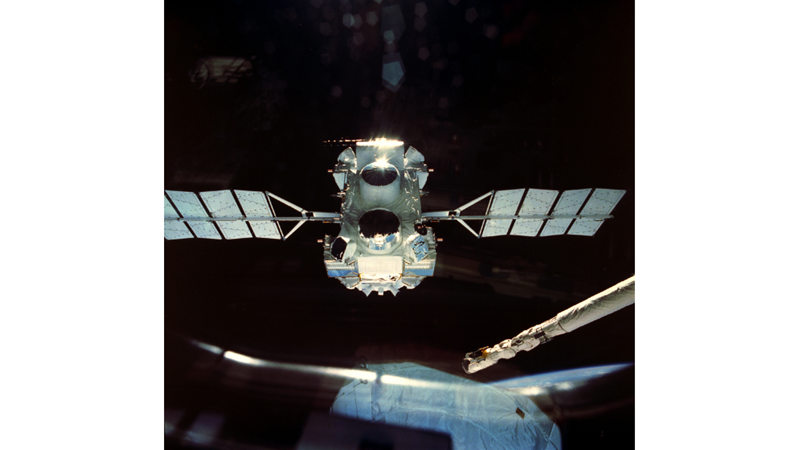
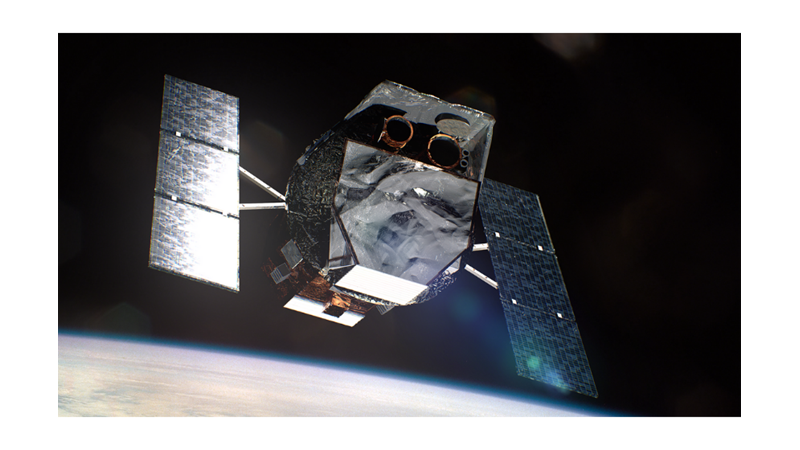
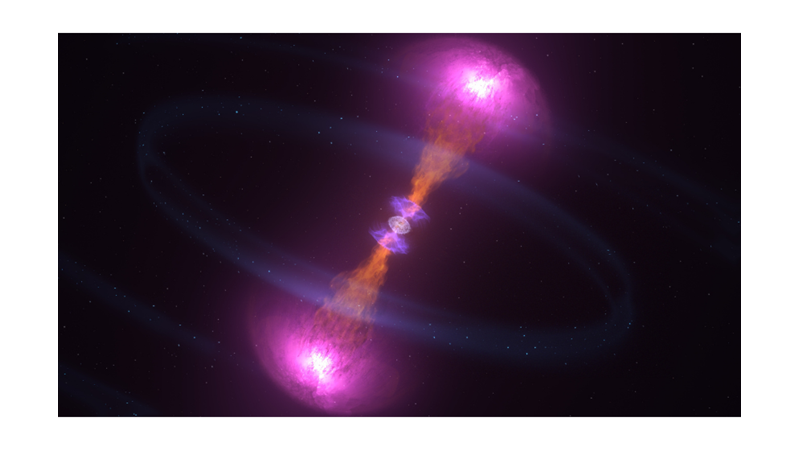

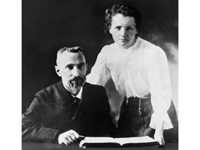
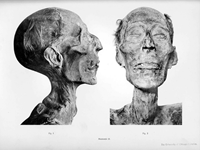


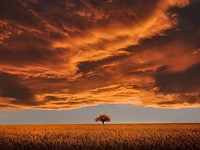


Yorum yazmak için lütfen giriş yapınız